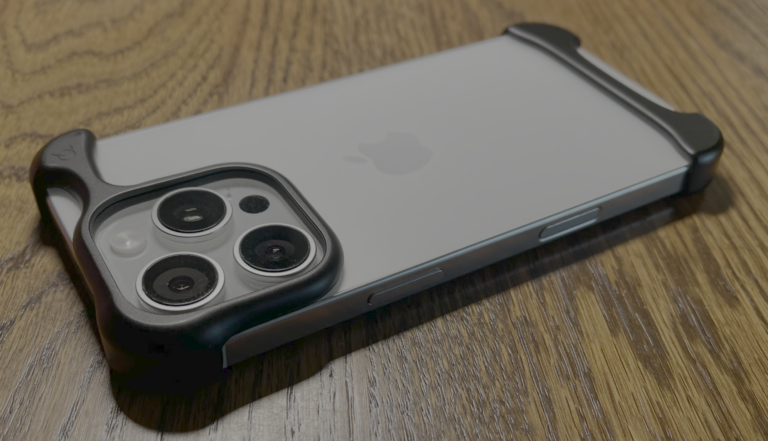Building a Content Creator Workstation- Part 1
More and more educators are needing to create electronic content for learners, and connecting with video-conferencing. When I went independent for my work, developing my workstation to fit my needs was crucial. My budget was limited, so I couldn’t get everything at once. When you build incrementally, that means you have to wait for some features, so prioritization of the devices/tools is step one. Most educators are in the same boat, so here is a guide to build up your workstation:
- wired internet
- excellent sound input and microphone
- decent video camera
- lighting
- storage for content, particularly videos
- video editing
- communications and hosting services (video-conferencing, e-mail, phone, social media, video hosting)
- input hubs/docks for devices and/or tablets
- video switching/compositing
- website for placement of content
- software for instructional presentations
- plan your background and/or green screen
- decent furniture allowing for hours of work at a time
Over time, I have wrestled with all these decision points, and my workstation has grown more flexible to handle options or scenarios.
Internet: Wired or Nothing
Most people will agree on the list, but not necessarily the order. Case in point, the first item: wired internet. Really, Lennie, #1? Yes, really. Videoconferencing is very sensitive to dropping packets—all you need is a couple people to start streaming on your same wifi, and then watch what happens. Especially if you are organizing and presenting over Zoom/Teams with multiple people, you can’t afford to be the one that has to re-connect to re-join the group (which happened to me before I got wired). While we often blame flakiness of computers and software, I have discovered it is almost always the connection. People often think their wireless is great, but dropped packets can go unnoticed when you are using web-based tools; organizing a video-conference will find those hidden problems. Get wired, even if you have to temporarily drape it across the floor.
Sound is absolutely crucial to everyone, not just me (my college years I dabbled in radio). I find myself quitting podcasts with poor sound after a certain point as my irritation grows (unfortunately it is most often the education podcasts). Listening to videos or videoconferencing with people who use the built in microphones or wireless headphones is literally tiring. During the pandemic, many kids were forced to endure poor quality sound for hours at a time—exhausting! Sound is the main contributor to Zoom Fatigue.
I often listen to Officehours.global, which is a collaborative environment talking about media production over Zoom ISO. To be on the panel, not only do you have to have great microphones, you have to connect early to balance the audio between participants. Fatigue is not a problem in that environment.
In a studio setting, my research at the time pointed to Steinberg audio interface and a Heil microphone. I questioned the Heil’s cost but long-term I’m glad I made the investment.
For most teachers, I recommend a different alternative. You may need your sound to be semi-mobile, like capturing a direct instruction moment in front of the classroom, or moving around the room to different wall hangings or stations. I recommend the Rode Wireless Me (I have the older Go version of this). You connect the receiver end to the computer or camera and clip the transmitter inside your collar. I use this on the go constantly (I added a lavalier but it is not necessary if saving money). If you think you may have situations with dialog with students, consider the Go II which mixes two transmitter microphones to one receiver on the camera or computer. Simple and effective.
Another consideration is a directional microphone, e.g. Rode VideoMic or NTG (I don’t have one yet but have listened to others who use these) which also allows mobility but works well when seated for a video conference. These microphones sound way better than built-in microphones or wireless headphones.
Side Note: If you ever connect a Zoom/Teams conference with a room of people, absolutely get a USB conference microphone. I have connected to many team meetings and audio from a distance through a built-in microphone made the meetings absolutely pointless. It was such a frequent experience, with one collaborative grant we started shipping a microphone to each school (we didn’t want to chance their not getting around to buying one). An Amazon search lists many between $20-$100.
Video Camera / Lighting
This is another area people often say “good enough” and they shouldn’t. Built in laptop webcams in classroom/office/living spaces are terrible for videoconferencing and creating content. You may think you look fine but people watching will notice. One video-conference I had with other faculty, someone jokingly commented, “My gosh, Lennie, did you rent a studio to join this meeting?” Listening and looking at the other participants, there was an obvious difference from my using a microphone, a light, and a separate video cam.
“Nope, I’m just calling from home.“
While I have researched a wide range of cameras, I went the two-birds-one-stone route by getting an iPhone 12 Pro Max (I let go of my many years of Android as my primary phone). At the time it appeared to be the best video smartphone and I needed a new phone. In the time period I purchased it, video cams on laptops were TERRIBLE. The improvement connecting to the iPhone rear-facing camera to my computer was shocking. Post-pandemic, laptop makers got the message and started improving somewhat, but not nearly enough. Too often video conference built-in cams are aimed upward looking at people from chin level and seeing mostly florescent lights in the ceiling—very tiring! You have so much flexibility when using a separate camera compared to the built-in camera for framing a more flattering angle and background.
Lighting has to be a part of the equation. This is one of the most notable issues on videoconferences and instructional videos. While many people go for ring lights, I prefer a cheap box light (with a light diffuser) on a pole attached to my desk. It is much easier on my eyes when presenting or conferencing. I recommend getting something that allows adjusting intensity and coloration. My old light is no longer available, but some examples include Elgato, Neewer, Lumecube.
Connecting your camera to computer can vary depending on your setup. Apple took way too long to come out with Continuity Camera to make it easy for people using their devices. I prefer the wired connection and using software tools to integrate it to my video work. It may be as simple as just a USB connection to the computer.
Summary for a starting a passible workstation
Four inexpensive to moderate cost items will make a world of difference for your videos/videoconferences:
Get a wired internet connection for consistent videoconferencing, even if you have to temporarily drape one across the floor.
Sound, Sound, Sound!! Get a microphone. For flexibility I recommend a wireless microphone with a transmitter/receiver (but NOT wireless headphones) or a directional microphone. If you are always stationary next to the computer, a USB wired microphone works well.
Video: Connect a smartphone or a decent webcam.Smartphones have way better rear-facing cameras (not the selfie cameras) than the laptop built-in cameras. Many 1080p or 4K webcams are inexpensive.
Decent lighting is crucial! Room lighting has shadows in all the wrong places. You can get great lights for $40-$200.
This was part 1 of Building a Content Creator Workstation.






